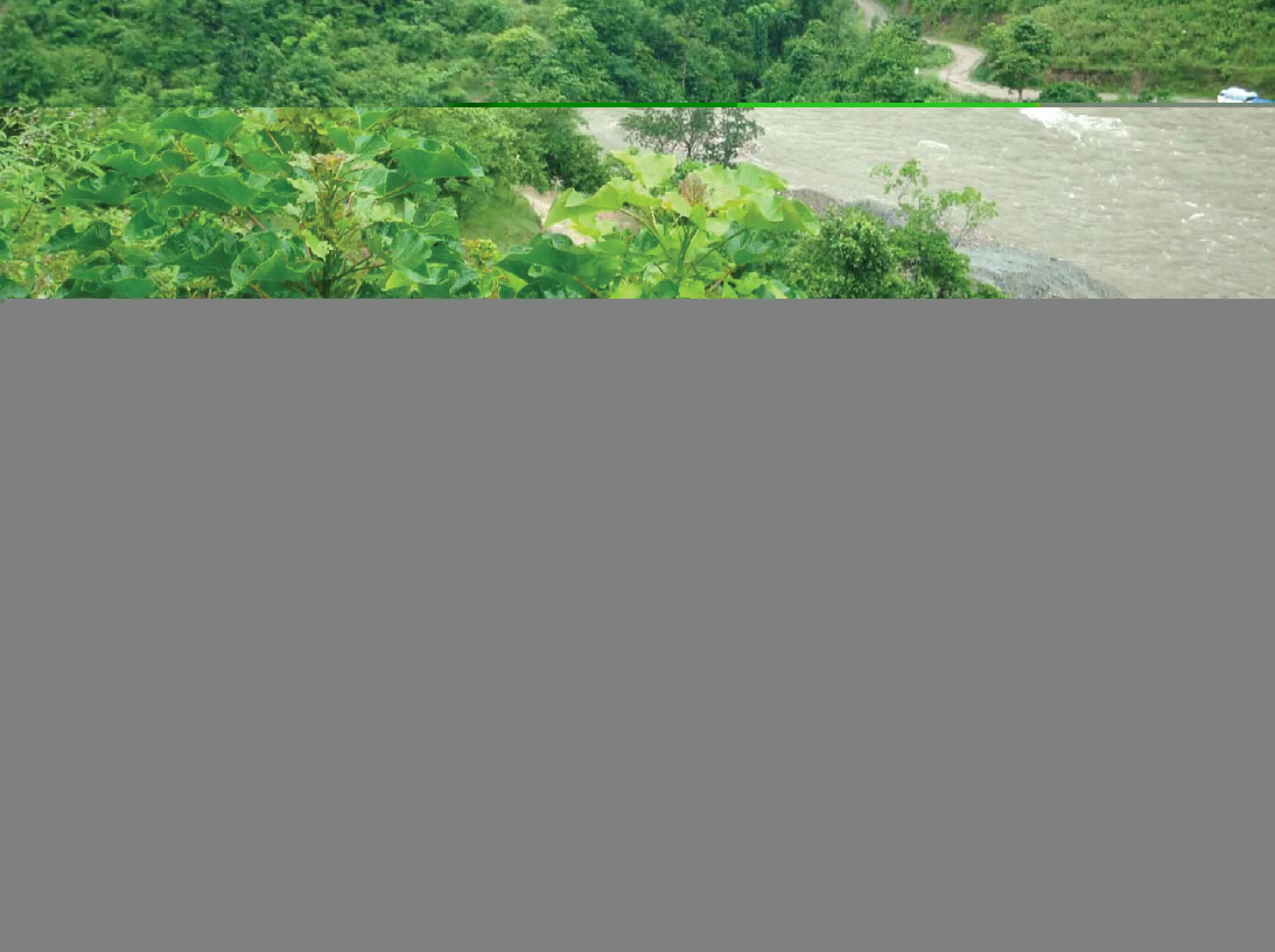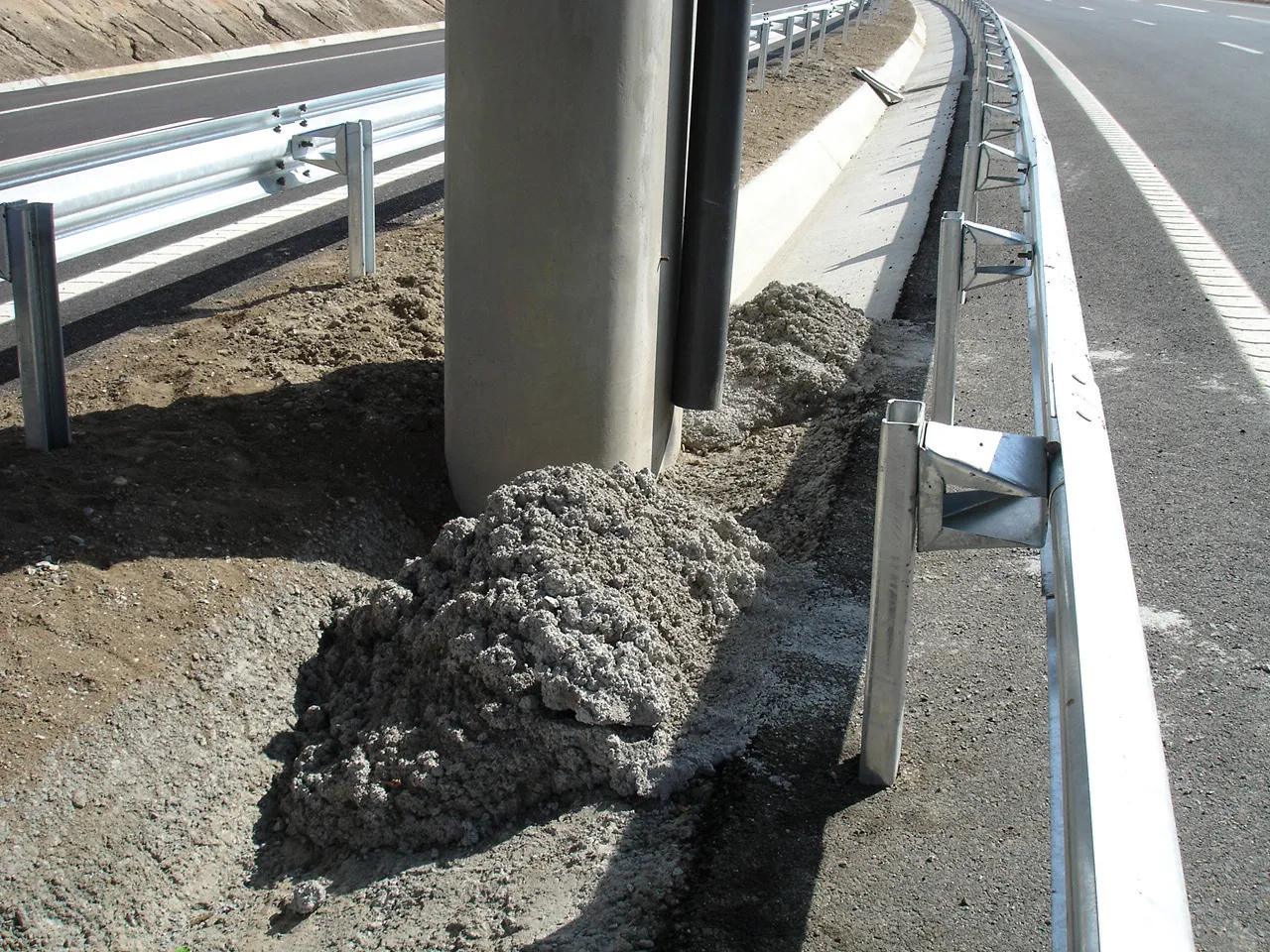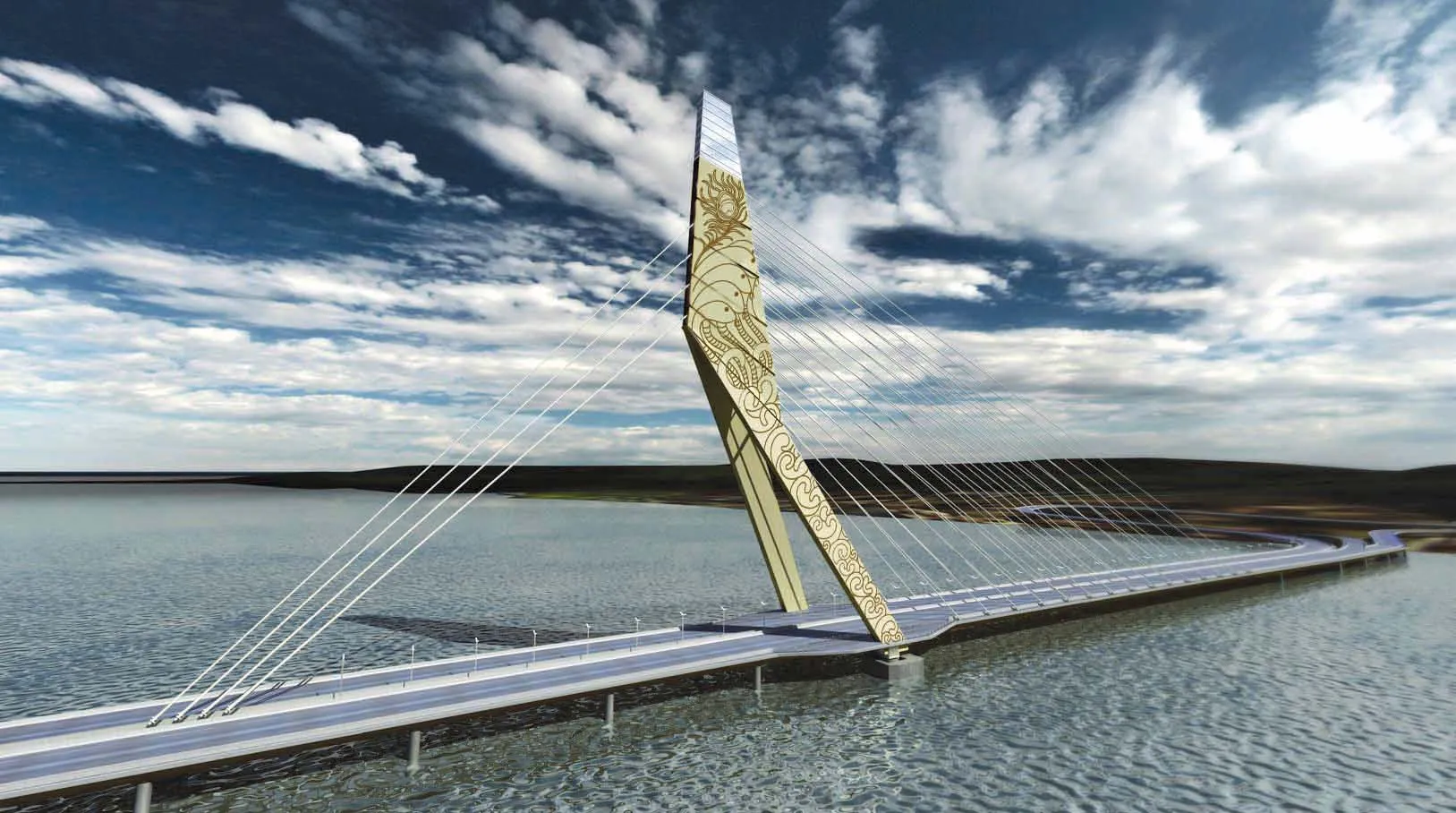Construction of two vital bridges in Nepal will help increase power generation and offer a return on investment
Two bridges are required in Nepal to enable the country to address its current capacity shortfall in electric power generation. Once constructed, they will be the largest single-span truss bridges in Nepal. Construction of the Arun River Bridge at Leguwaghat, Dhankuta, and Sabha Khola Bridge, Sankhuwasabha District, is also required to maximise the rate of return on special programmes under the R
October 11, 2012
Read time: 4 mins

Construction of two vital bridges in Nepal will help increase power generation and offer a return on investment
Two bridges are required in Nepal to enable the country to address its current capacity shortfall in electric power generation.Once constructed, they will be the largest single-span truss bridges in Nepal.
Construction of the Arun River Bridge at Leguwaghat, Dhankuta, and Sabha Khola Bridge, Sankhuwasabha District, is also required to maximise the rate of return on special programmes under the Rural Access Programme (RAP).
RAP Phase 1 was a rural road construction and livelihoods programme approved by the UK
The road links constructed by RAP1, and to be extended by RAP2, were constrained by river crossings at the Arun River leading to Bhojpur and Khotang, and at the Sabha Khola leading to Sankhuwasabha.
The Government of Nepal had planned both bridges for some time.
The logic to the DFID funding is that the Arun River Bridge is the gateway to some 162km of roads built under RAP 1 and 120km of road being built under RAP2.
The Sabha Khola Bridge is vital for the Sankhuwasabha District and the Arun III hydroelectric project now being resurrected under a PFI with an Indian Company, but only 6km of RAP1 roads are in the hinterland. The whole road corridor into the Koshi Hill, including the Arun Valley, has been the focus of UK investment for over 30.
Therefore the bridges are required to maximise the rate of return of the investments of RAP1 and RAP2 as well as to enable Nepal to address its current capacity shortfall in electric power generation.
In July 2008 the Nepalese government approached DFID to for funding for the construction of the two bridges under some £4.5 million (US$3 million) of grant aid.
In May 2009, UK consultant IMC Worldwide successfully bid for the commission to carry out the review of the existing bridge designs, and for the subsequent procurement and administration of the construction contract.
A detailed engineering design check report completed in November 2009 concluded that the original bridge design and contract documents for the Sabha Khola Bridge and the conceptual design for Arun River Bridge had been based on incomplete or incorrect design assumptions and would require substantial revision before a construction contract could be procured.
The consultant’s design review report recommended to the RAP Steering Committee that the most appropriate bridge layouts, taking into account all the relevant environmental criteria, site constraints and feasible construction methods, would be single 120m-span through-truss decks with 6m wide carriageways with a 1m raised footpath on one side.
This bridge cross-section was approved by the DOR Bridge Units to be acceptable under its latest design requirements, and the bridge loading was specified to be either to Indian Road Standards, AASHTO (US) or British Standard loadings.
The design, carried out to British BS5400 Part 2 loading standards of Full HA loading and checked to 25 Units of HB loading, is approximately equivalent to a 100tonne single vehicle or a train of heavy goods vehicles travelling in convoy.
The bridge structures are fabricated steel through semi-circular trusses protected by galvanising, with in situ reinforced concrete deck slabs on reinforced concrete cantilever abutments and wing walls.
The bridge design life is 100 years with the foundations being spread footings founded on rock at the Sabha Khola, and on well foundations up to 16m deep for the Arun Bridge at Leguwa. The foundations are protected against scour by extensive gabion mattresses river protection works adjacent to the foundations.
The consultant’s design report’s recommendations were accepted by the RAP Steering Committee resolution, approving the letting of the tender for the construction of the two bridges as one ICB design and build contract.
An Environmental Impact Assessment, carried out for the bridges, was approved and a tender for the construction contract was awarded to CTCE/Kalika Construction, a Chinese/Nepali joint venture, for a total contract sum of NRs465.8 million (US$5.25 million).
Work is scheduled to be completed in October 2012.








